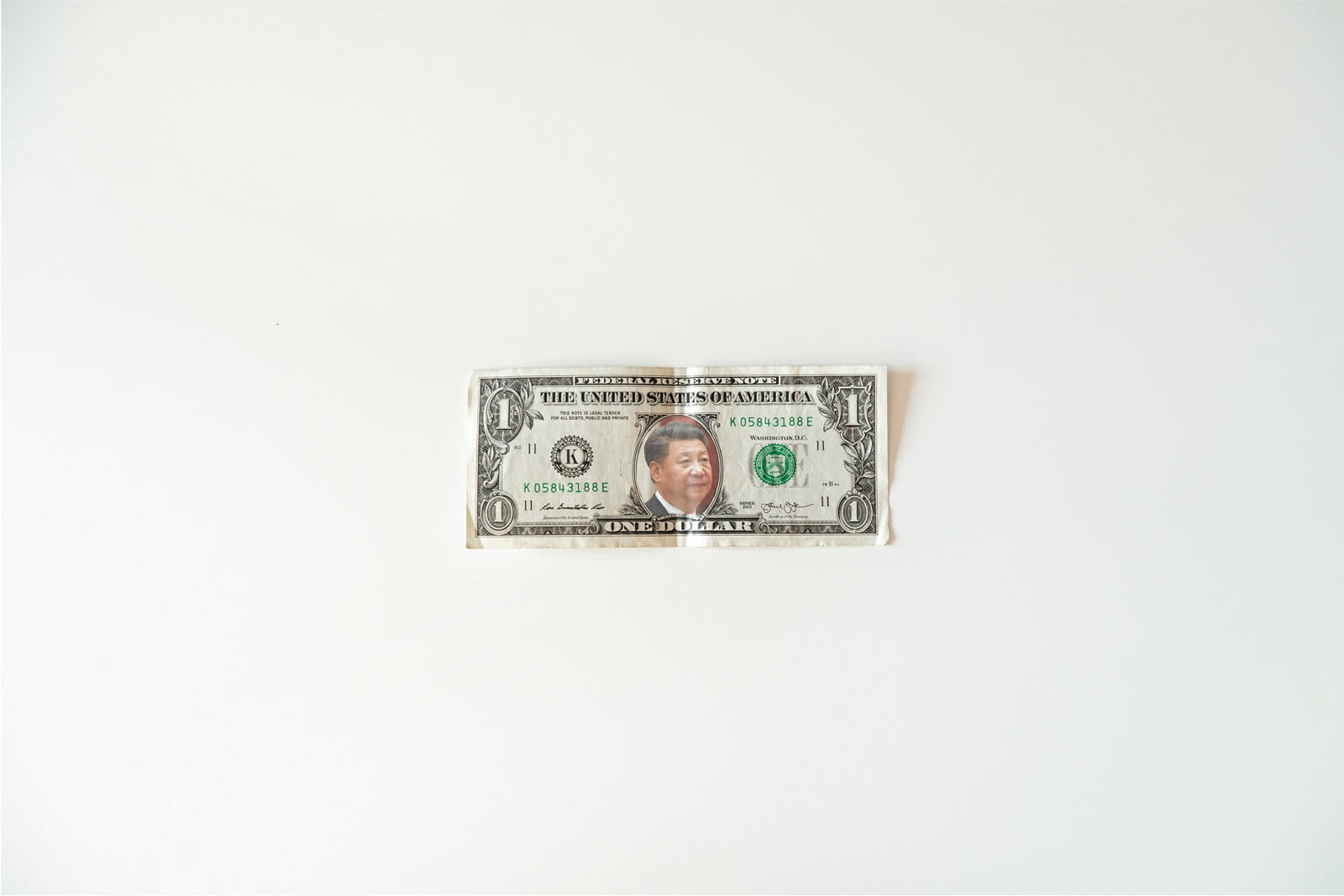
The U.S. Dollar will Continue as the World’s Reserve Currency
Despite the current glut of articles questioning the status of the U.S. dollar and its role as the global reserve currency, the dollar will continue to be the world’s reserve currency for an indefinite period of time.
Even though China is considering changing its currency to the E-yuan, the basic fundamentals of economics will still apply. Along with China’s reluctance to allow monetary capital flight from China; the overall state of the economy; its lack of an impartial judicial system; the drift back to an economy reminiscent of the Mao Zedong era; the lack of intellectual freedom necessary for a vibrant and growing economy; and the ongoing demographic crisis; its economy is not capable of assuming the role of the major reserve currency.
The fundamentals of the Chinese economy
Since the opening of the economy to the world in 1978, its economy has boomed and is currently regarded as the 2nd largest in the world. In December of 1978, China’s GDP was $149.5 billion. In December of 2020, China’s nominal GDP was $14.72 trillion. This type of growth was to be expected due to the constraints placed on its economy under Mao Zedong.
While impressive, this type of growth can only happen once. Now that the economy has reached a saturation point, the natural laws of supply and demand will emerge, and the growth rate will be subject to worldwide marketplace fluctuations. Interference by the government into the market, which it frequently does, only serves to distort the true status of the economy and inevitably will exact a heavy monetary price when the market finds its natural equilibrium point.
One of the characteristics of a strong economy is the ability of investors to transfer funds from one country to another and to allow unrestricted inflows and outflows of capital.
China maintains strict capital outflow restrictions, making it difficult, if not impossible, for investors in China, both foreign and domestic, to take their capital out of China if the situation warrants it. China began restricting capital outflows in 2016 after losing $1 trillion defending its currency. The Chinese loosened up, but in 2018 tightened again at the beginning of the trade war with the United States. By maintaining capital controls, China restricts the free flow of financial intermediation and imposes controls on a free market economy.
While the economy has a nominal GDP of $14.72 trillion, this does not show the true state of the economy. The economy is divided into two distinct parts; state-owned enterprises (SOEs) and the private enterprise aspect of the economy. The SOEs are solely to provide jobs and income for the population. The SOEs are not subject to the ebbs and flows of a free market economy and are more concerned with providing jobs than making a profit. While the SOEs only account for 25% of the economy, they are given lower interest rates on loans and are backed explicitly by the central government. Twice, bad loans made by SOEs have been bailed out by the government. While private market firms make up some 87% of employment in China, SOEs account for 85% of the 109 Fortune 500 companies in China. SOEs continue to be a drag on economic growth in China and carry immense loads of debt.
While China may have an economy of over $14 trillion, it also has a debt level of 290% of its GDP; this translates to over $40 trillion.
Unlike the West, where contract law is non-partisan and subject to written law, the judicial system in China acts as an arm of the CCP, and the law is subject to change arbitrarily without prior warning or input from the public. A congressional inquiry led by former Sen. Jeff Merkley and Rep. James P. McGovern found that: “China’s judiciary continues to be subject to a variety of internal and external controls that significantly limit its ability to engage in independent decision making. Several internal mechanisms within the judiciary itself limit the independence of individual judges. A panel of judges decides most cases in China, with one member of the panel presiding at trial. Despite recent reforms to enhance the independence of individual judges and judicial panels, court adjudicative committees led by court presidents still have the power to review and approve decisions in complex or sensitive cases.”
With intellectual property rights more of a joke than a reality, the incentives for groundbreaking research are absent in China. Without any type of incentive for the expense and time needed for the creation of new technology, no currency can have a solid foundation.
China is facing an unprecedented demographic crisis. An outgrowth of the one-child policy has left China with a rapidly aging population, with fewer young people being able to fill the factories and its armed forces. The one-child policy implemented in September of 1980 has left China frantically trying to jumpstart birth rates, with little success.
The population crisis works against the Chinese in establishing its currency as a replacement for the U.S. dollar. While it is fashionable amongst those writers schooled in political science and social sciences to argue that the E-yuan will soon replace the U.S. dollar as the world’s major reserve currency, the above economic and mathematical facts argue against any such outcome, specifically given the natural resources of the United States, coupled with an independent and non-partisan judicial system and intellectual property rights that are protected.
The fundamentals of the U.S. economy
In sharp contrast to the fundamentals of China, the fundamentals of the United States are strong and vibrant.
The United States is blessed with fertile ground and can not only feed itself but in fact, is one of the major breadbaskets of the world. With the Mississippi and Missouri river systems, the agricultural richness of the United States has a cheap way of transporting its bounty to the coasts of the U.S., but also to the rest of the world.
The modern judicial system of the United States is one of the oldest and most stable judicial systems in the world. The law does not change from day to day based on the political whims of political parties, both Republican and Democratic, but on the rule of written law. While the law may be changed, modified, or eliminated altogether, it is done so under the rule of democratic guidelines, with the public being given ample time to weigh in on changes to the law, and to either approve or disapprove attempts by lawmakers to change the judicial system. With strong protections for individual and intellectual property rights, the United States provides a fertile ground for innovation and the creation of wealth. This provides for a stable and safe environment for investors, both domestic and foreign.
The demographics of the United States compare favorably to the environment of economic growth and internal domestic consumption.
There are currently two major research projects proposing an E-dollar backed by the U.S. Federal Reserve Bank. There is the Digital Currency Initiative at MIT in collaboration with the Federal Reserve Bank in Boston. There is also the Digital Dollar Project with the backing of 5 of the 7 Federal Reserve Banks.
While the United States does face challenges in the world in relation to a changing world landscape, the fundamentals of its economy are not one of them.
The United States monetary unit, the dollar, is the world’s reserve currency and will continue to be so into the future. Speculative articles based more on rumor and innuendos are exactly that, speculative and not grounded in fundamental economics or in reality.
